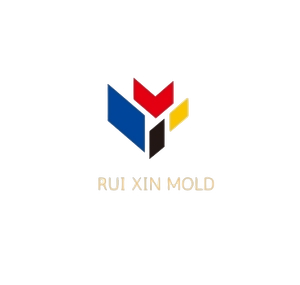Recent Posts
Tags
报错: 未找到这个表单

Wire Electrical Discharge Machining (EDM) is a critical process in precision manufacturing, allowing for intricate and precise cuts in hard materials. This blog will explore the differences between two types of dielectrics used in Wire EDM: water-based and oil-based. Understanding these differences can help you make informed decisions depending on your project’s needs.
- **Water-Based Dielectric: The Industry Standard**
Water-based dielectric is the most common choice in Wire EDM. It’s widely used because it provides a balance of speed and quality, making it ideal for a wide range of applications. Here are the key advantages:
– **Faster Machining Speeds:** Water-based EDM offers quicker processing times, which can be crucial in high-volume production.
– **Good Surface Finish:** Through multiple passes and cuts, a water-based dielectric can achieve a smooth surface finish that meets the needs of most customers.
Despite these advantages, water-based EDM has its limitations, especially when ultra-fine accuracy and surface finishes are required.
- **Oil-Based Dielectric: Superior Precision and Surface Finish**
Oil-based dielectric, while less common, offers significant benefits for specialized applications. Here’s why you might choose oil over water:
– **Finer Surface Finish:** Oil-based EDM achieves a much finer surface finish due to a smaller spark gap and more consistent conductivity. This is particularly important for applications where the highest precision is required.
– **Enhanced Accuracy:** The consistent conductivity in oil-based EDM results in a stable spark gap, allowing for higher accuracy in machining.
– **Material Protection:** Oil prevents rust and avoids issues such as cobalt leaching in materials like tungsten carbide, which can occur in water-based EDM.
However, these advantages come with a trade-off.
- **Trade-Offs: Speed vs. Precision**
While oil-based EDM offers superior precision and surface finish, it comes at the cost of speed. Machining with oil can be 2-3 times slower than using a water-based dielectric. This makes oil-based EDM less suitable for high-volume production but ideal for projects where the highest level of detail and accuracy is essential.
- **Choosing the Right Dielectric for Your Project**
Deciding between water and oil-based dielectric for Wire EDM depends on your specific project requirements. If speed is a priority and the surface finish provided by water-based EDM is sufficient, then water is the way to go. However, if your project demands ultra-fine accuracy and an impeccable surface finish, despite the slower processing time, oil-based EDM is the better choice.
- **Conclusion**
In precision manufacturing, every detail counts. Understanding the differences between water and oil-based dielectrics in Wire EDM can help you optimize your processes and achieve the best results for your specific needs. Whether you prioritize speed or precision, choosing the right dielectric is key to the success of your project.

Feel free to reach out if you have any questions about Wire EDM or if you need help with your next precision manufacturing project. Our team is here to assist you in making the best choices for your unique requirements.
Need wire EDM cutting service ,ask a free quote now
For more information pls contact us :www.dgruixinmold.com
报错: 未找到这个表单

There’s a quiet elegance in the way you express your thoughts, each word chosen with such care and precision.